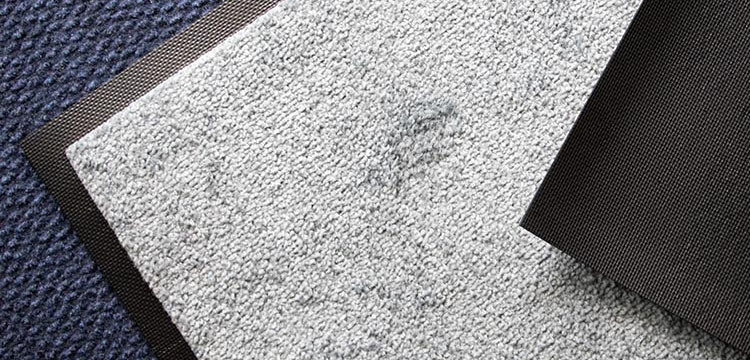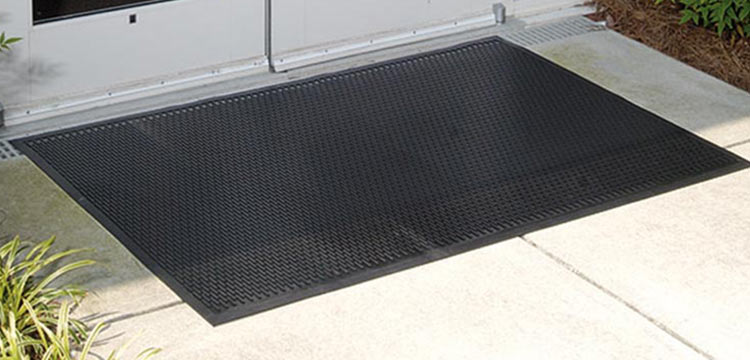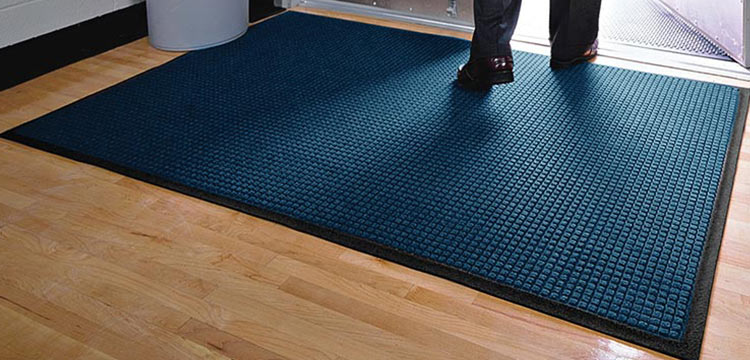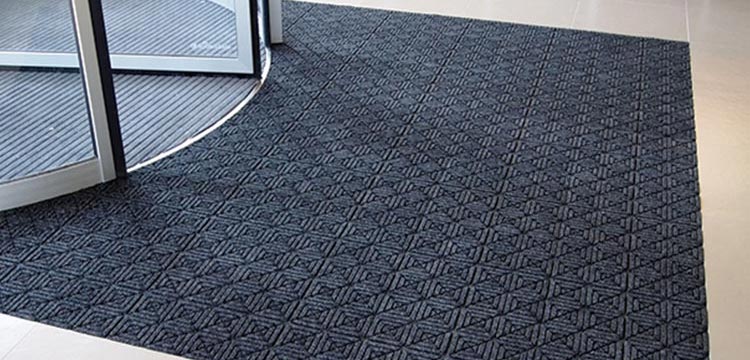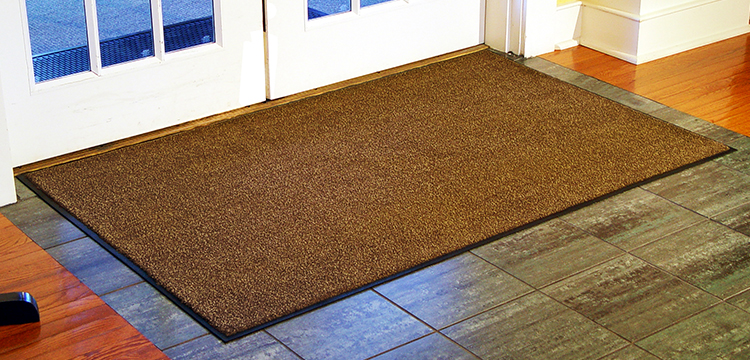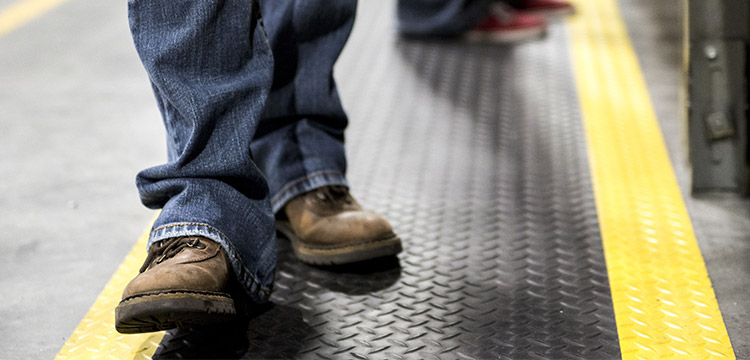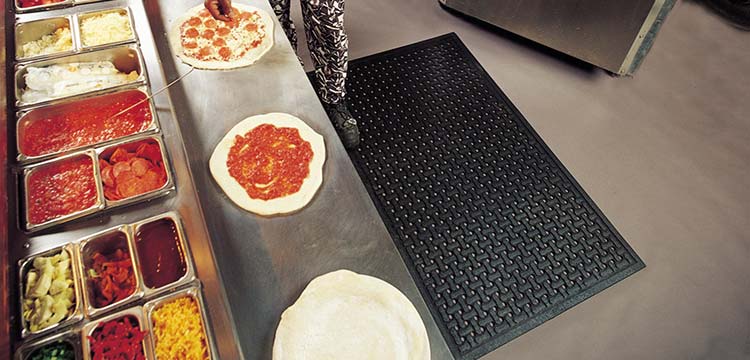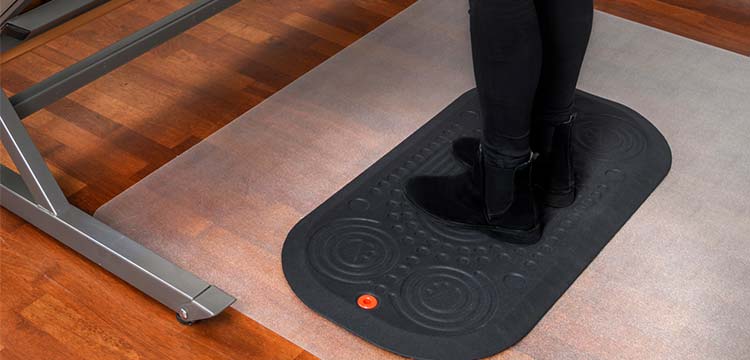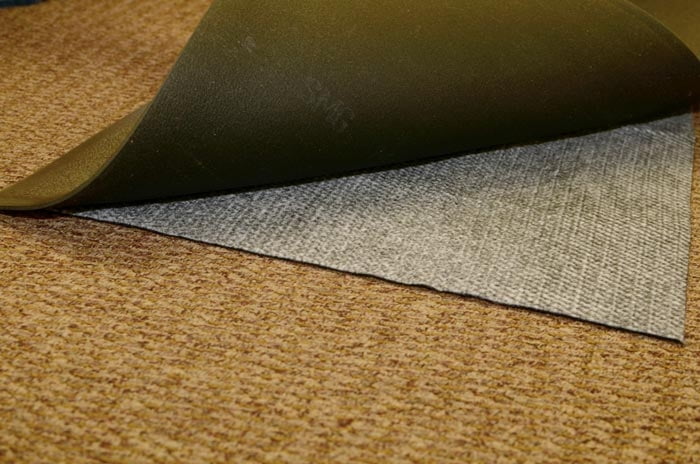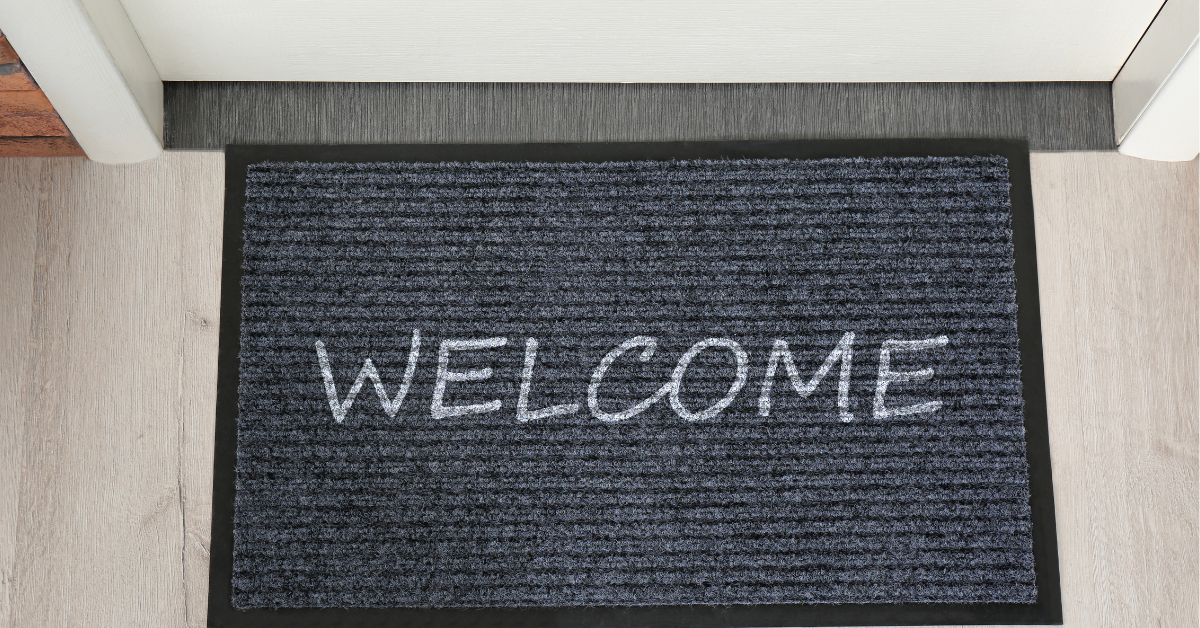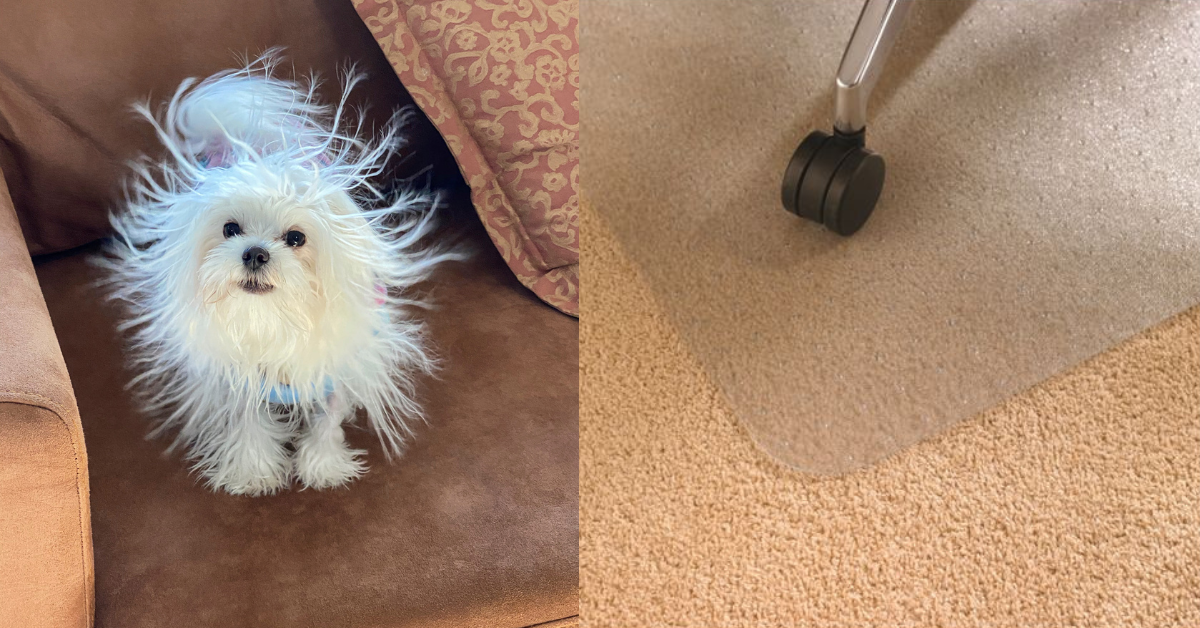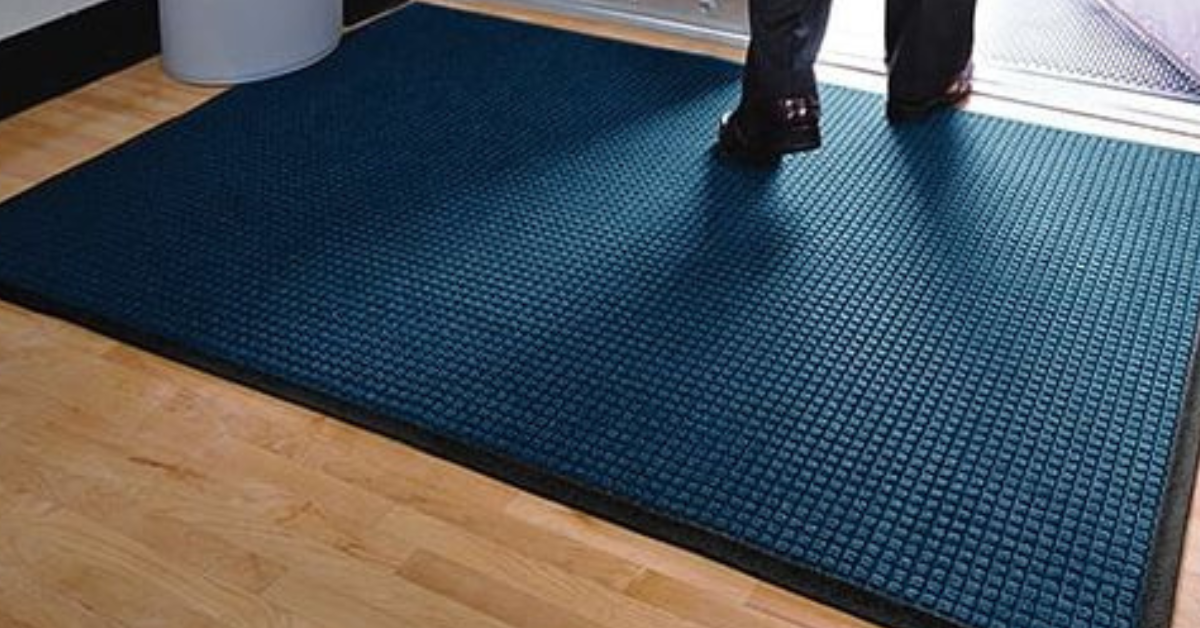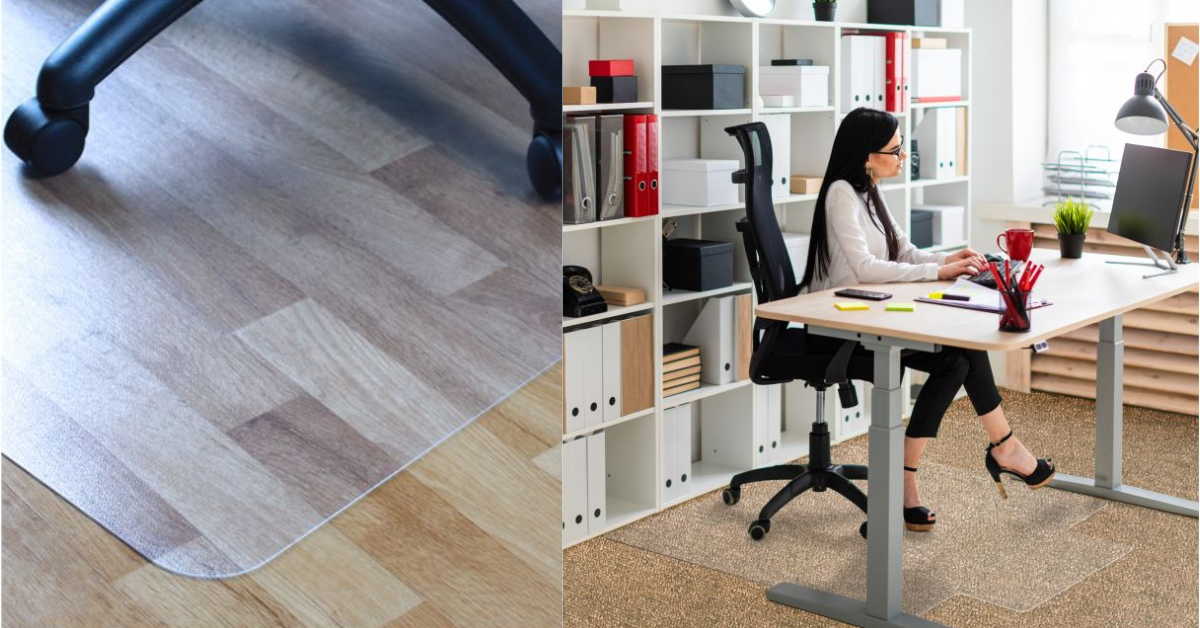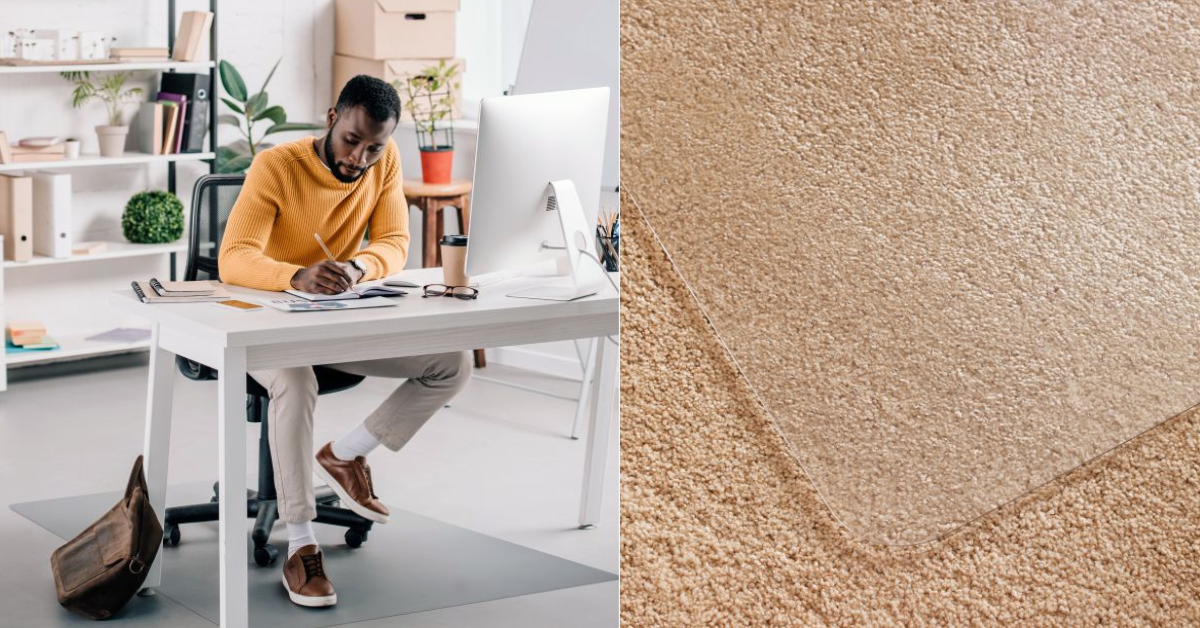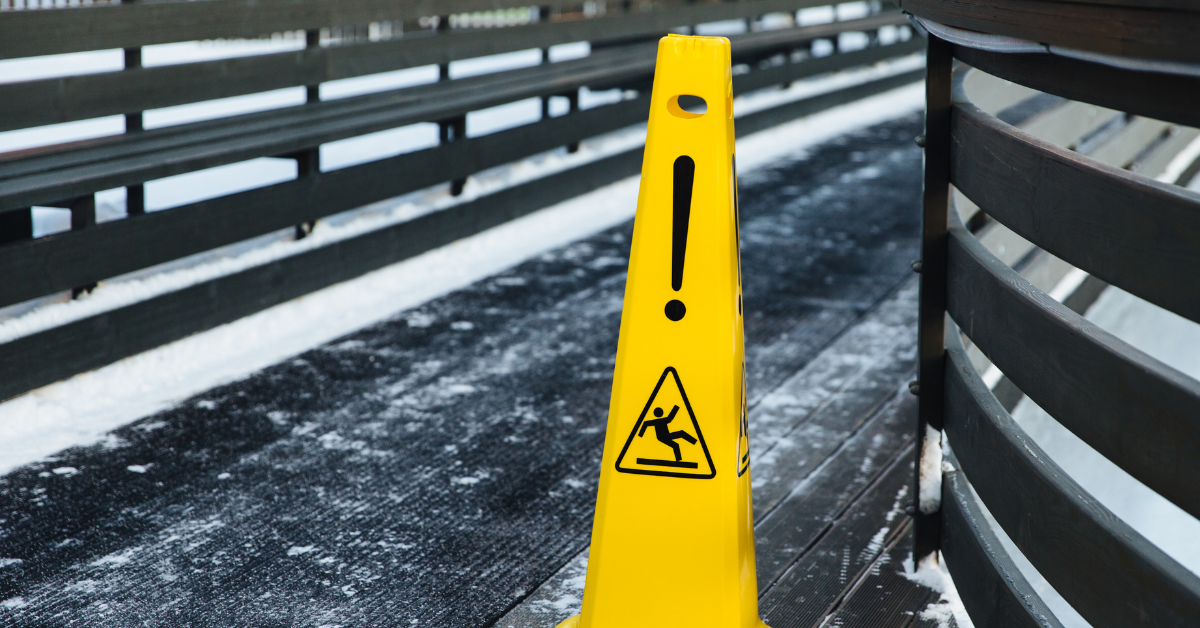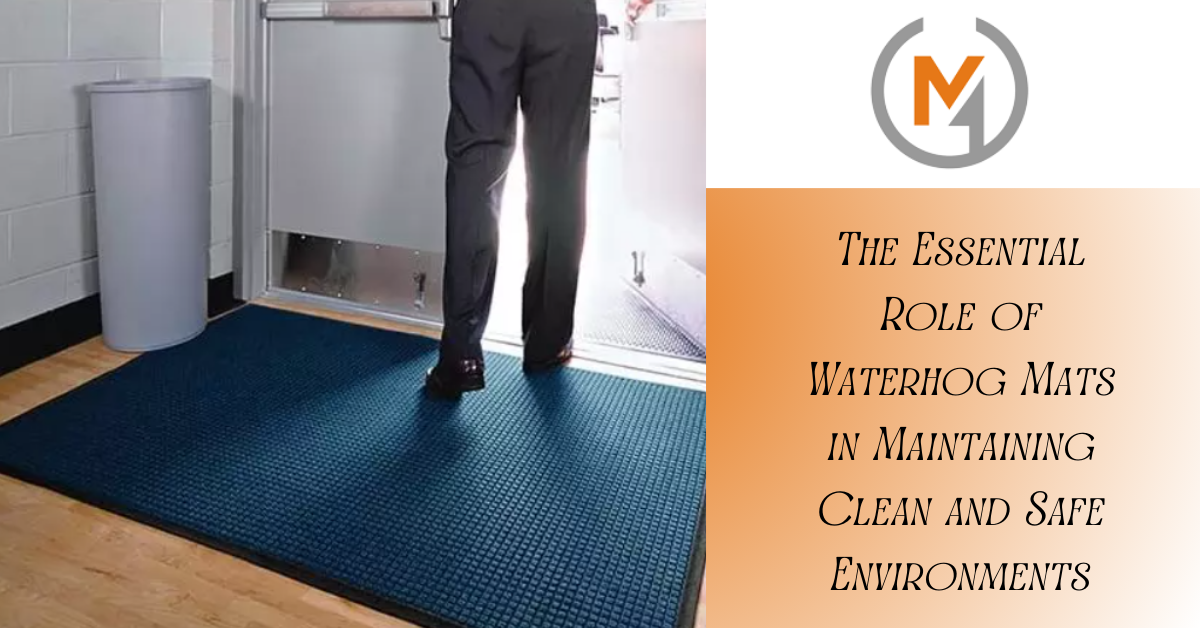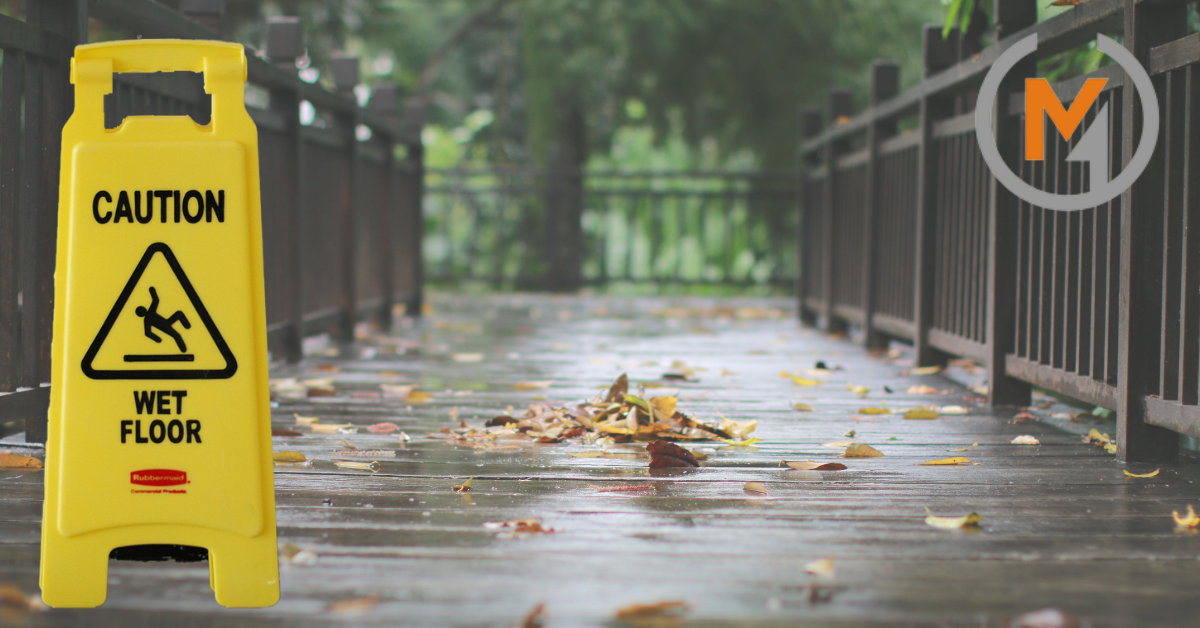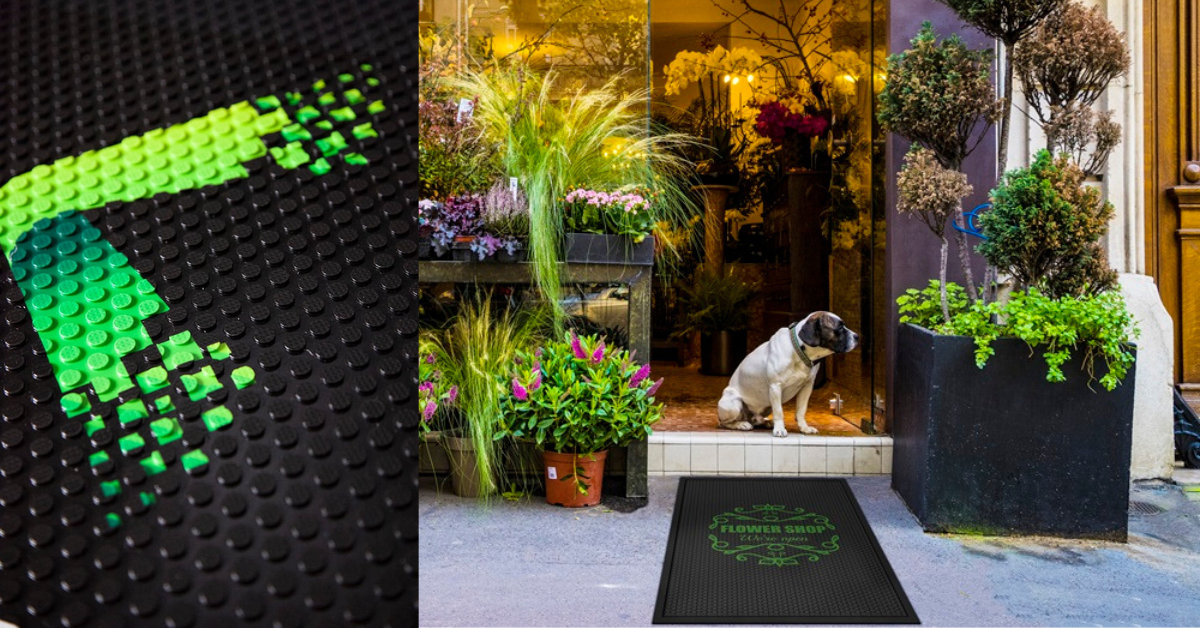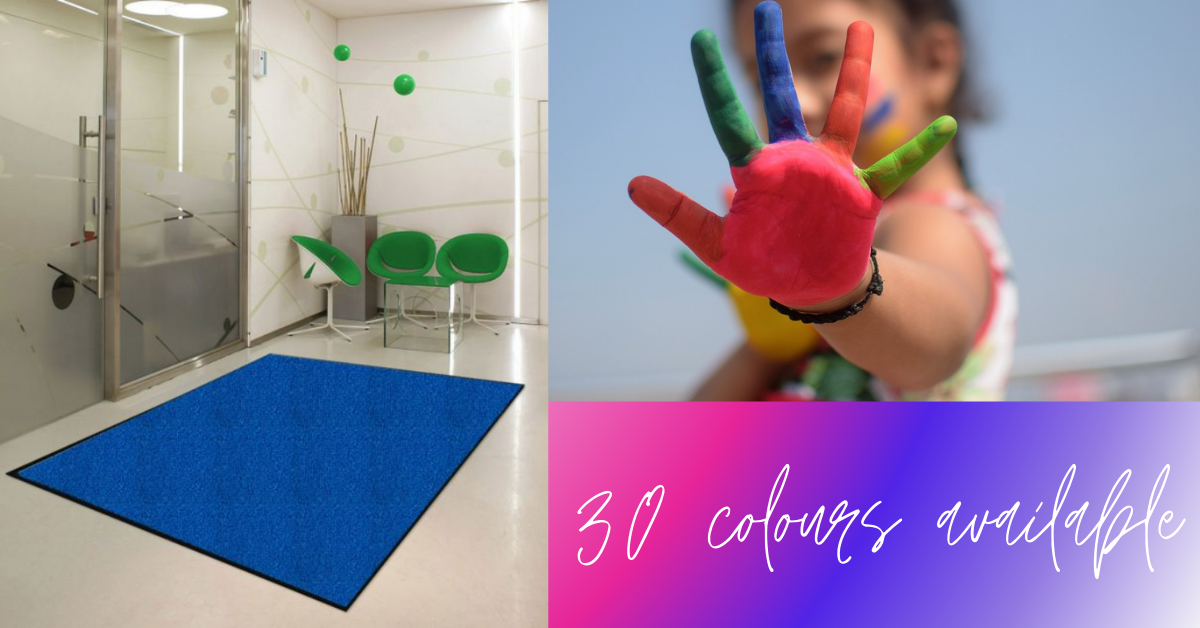Stop Mat Movement - How do I stop my mat moving on carpet?
- Mats4U Blogger
- Blog
- 4 Oct 2017
- views
We often get customers looking for mats to lay on carpets, whether that’s at a carpeted entranceway, in a corridor, or even placed at a bedside. One of the main concerns of our customers when placing matting on a carpet, is mat movement and how to Stop Mat Movement.
When selecting a rug or mat for your home with the intent to minimize movement, there are several factors to contemplate:
Weight and Size: Opting for larger, heavier rugs can significantly reduce the likelihood of the rug shifting on your floor. Due to their increased mass, they are less prone to sliding underfoot. They also offer the added benefit of enhanced durability, making them more resilient to frequent foot traffic, thus extending their lifespan and providing better value in the long run.
Integrated Features: Consider purchasing rugs or mats that come with non-slip backs. These mats are often equipped with features such as gripper or claw-type backings, which have textured surfaces that grip onto smooth floors like hardwood, vinyl, or laminate more effectively. This built-in functionality helps in securely anchoring the mat in place.
Specific Floor Type Considerations: The type of flooring in your home plays a crucial role in how much a mat might move. Smooth surfaces such as laminate or hardwood are more likely to allow rugs to slide. Using non-slip pads, anchors, or double-sided mat tape can provide additional stability and prevent movement on these types of floors.
Area Usage: For high-traffic rooms or areas over carpeted surfaces, focusing on substantial weight and size remains beneficial. The physical characteristics of the mat can help it stay put, even when activity levels are high. By keeping these points in mind, you can choose a rug or mat that not only enhances your space but also remains static and safe under various conditions in your home.
Why do mats move on carpets?
Mats often shift on carpets for several reasons. Firstly, despite the assumption that the texture of the carpet and mat bottom would provide sufficient friction, many contemporary rugs and mats are crafted from lighter materials. This reduced weight means they do not press firmly into the carpet, thus slipping more easily. Additionally, smaller mats, such as runners, are prone to frequent displacement due to their lighter mass compared to larger, heavier mats which usually stay in place better.
Another contributing factor is the interaction between footwear and the carpet. Walking on a carpet typically compresses its fibers in a particular direction. When this occurs under a mat, especially if the shoes have a strong grip like trainers, it can accelerate the mats movement across the carpet. Moreover, if the carpet has a thick pile, the mat is likely to move in the direction of the pile's lean, making slippage more common in these areas.
Mats move and creep on carpets due to the carpet pile beneath them – they will naturally move in the direction that the carpet pile is moving below. As the weight of someone walking on the matting transfers through the mat and to the carpet underneath, the carpet pile will move and therefore the matting will naturally move with it. This means, the longer and plusher the carpet pile, the more liable a mat is to creep, as the carpet pile beneath the mat will have move movement.
Rugs and Mats, particularly those that are thinner, frequently face issues with their corners curling upwards. This curling can pose a hazard as it increases the likelihood of tripping and falling. The passage suggests that this problem can be mitigated by placing a non-slip base underneath the mat or securing the corners with tape, which is especially effective for lighter mats like runners.
How can you prevent mat movement on carpets?
Here are several things that you can put in place to prevent your mat moving on carpet:
1. Choose a mat with a non-slip rubber backing
A non-slip rubber backing may not eliminate mat movement on a carpet, especially if the carpet pile is on the thicker side. It will, however, help to prevent the mat from slipping underfoot and help to reduce the amount of movement that occurs.
2. Choose a mat with a gripper or claw type backing
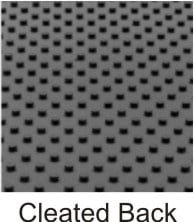
With some types of mat, you will get to choose whether it comes with a flat backing or a gripper/claw/cleated backing. If you are placing your mat on a carpet, select gripper backing. The grippers on the back of the mat will help the mat to grip on to the carpet pile, to prevent the mat from moving and creeping.
How effective a gripper backing is will depend on the length and thickness of the carpet pile. If the carpet is particularly plush, the only answer may to be use an underlay
3. Use a non-skid underlay underneath the mat
If your mat still moves with a non-slip gripper backing, the next step is to try non-skid underlay, which can be cut to size and placed between the mat and the carpet.
This is a relatively inexpensive solution and, more often than not, an effective one. Make sure that you cut the underlay at least 5cm / 2 inches shorter than the total size of the mat to ensure that the edges of your mat don’t lift, which can cause a trip hazard.
What should you do next?
One of our bestselling mats, Tri Grip Heavy Duty, is available in a gripper backing to prevent movement on carpets. As well as this, our Teebaud Non-Skid Underlay is a great solution.
If you wish to purchase them, simply head over to the Mats4U website. Alternatively, if you require any further help, please call us on 0121 313 6748 or email us at [email protected] and we will be more than happy to help you.

